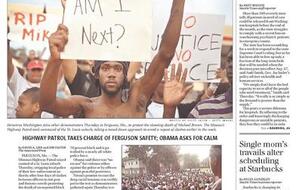Breadcrumb
Telling Fact From Fiction on Social Media
At a Glance
Language
English — USSubject
- Civics & Citizenship
- History
- Social Studies
- Democracy & Civic Engagement
- Racism
Telling Fact From Fiction on Social Media
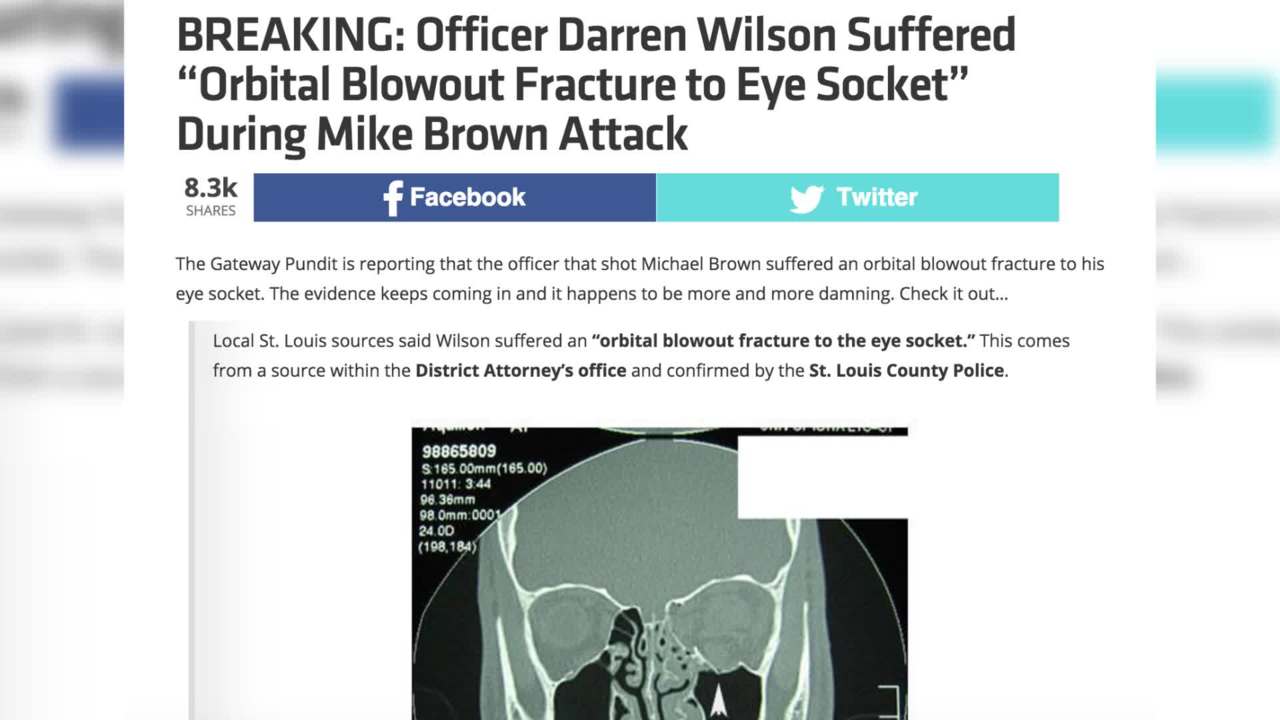
DAVID CARSON: I tweeted out a picture of people throwing Molotov cocktails and people would argue all the time that they had watched livestreams and they didnt see any Molotov cocktails, and I would be like, Listen, this is what I saw. I am telling you that people were, you know, I have a picture of people trying to light their Molotov cocktails and pictures of people throwing these Molotov cocktails and I tweeted it out. Thats as straightforward as I did, said people were throwing Molotov cocktails at the police line there. They werent particularly close to them, they werent particularly effective Molotov cocktails, but they were Molotov cocktails. People for days would try to tell me that there were not Molotov cocktails.
Im like, heres a picture of it. This was shot on West Florissant Avenue by this date. This is visual proof of what Im reporting. People would tell me I was wrong, and I was like, okay, I cant...they hadnt personally seen it themselves on their livestream, so it wasnt true. But yet Im a professional journalist with years of experience and I would report something and they would doubt it.
GILBERT BAILON: For somebody who consumes social media it goes back to, how do they know this? Is this real information? If somebody puts up a picture, is it within context? Is it accurate? Is it staged? Because we do see things staged all the time, particularly on Facebook. You get things photoshopped. Some of its more humorous-- probably not so much with Ferguson.
I constantly have readers call up and think that somethings real that was on The Onion or things like that that can confuse people.
KENYA VAUGHN: A lot of people who were on the scene and using social media, they had an agenda. There were so many different things going on and a person decided to focus on that particular scene or that particular theme or that narrative. You cant expect it to be one hundred percent plain as day this is how it is.
Just like organizations and people are biased in the things that they write. The same can be said with social media. Some people have the agenda to present a certain thing, so you have to look at it as, Okay, is this a comprehensive view or is this a person trying to incite a particular thought or feeling?
KORAN ADDO: There was the McDonalds on West Florissant, which was kind of a gathering spot for some people. Maybe a little bit of a home base. I remember, I was down the street and people were saying that the police were being particularly heavy-handed with people there.
So I went and you know from what I saw, it wasnt what people were describing. I talked to the people; I talked to some of the people who had these interactions with police. And what they were saying wasnt what some people on social media were describing.
WESLEY LOWERY: You have to remember how slowly this information trickled out. Its hard to think back to Ferguson because right now we know so many things about it, but at the time what was defining about Ferguson was how little we knew in real time. It was day three and we still had not heard from the police officers what had precipitated this interaction, much less how many times had Michael Brown been shot, much less was he definitively unarmed or was he armed, was there an altercation.
We had so many questions and so very often there would be cases of, especially via leaks, any law enforcement official would tell any news outlet X, Y and Z. That Darren Wilson had an orbital bone fracture in his eye, that he had been beaten within moments of his life by Michael Brown, his face was battered and bruised. That went all over the place on the Internet. It got picked up by a lot of people. It got confirmed by friends of Darren Wilson or an anonymous person close to the police department. We now have the benefit of hindsight and we also have the benefit of seeing the photos of Darren Wilson after the altercation.
We know that, while he certainly seemed to have been hit by Michael Brown, he had some scratches, he certainly didnt have any bone fractures, he was not beaten within moments of his life according to his own account much less to that of the medical examiners. And so it was a lot of things like that, where these things would trickle-- and a lot of Internet memes. Photos of a young black man with a gun and a bunch of money and people would say, Look at that thug Michael Brown right before the shooting! Well, it wasnt a picture of Michael Brown, it was a picture of a homicide suspect form a completely different state. Very often these things om the Internet would get picked up and these rumors would get picked up.
I remember one that Dorian Johnsonthe chief witness to this who had been Michael Brownthis rumor that he had recanted his testimony, that he no longer said that hands up, dont shoot had happened, he now admitted that Michael Brown attacked Darren Wilson. That circled all over the Internet and it was never true. I remember the first time I saw that reporting, calling the attorney for Dorian Johnson, eventually reaching out to Dorian directly, and saying, Whats the deal with this? and him saying, Under no circumstance is that true. But the problem is, because this information seems to travel so quickly now, it doesnt matter in some ways if its true or not. If its on the Internet, if theres a link to it, someones going to believe it to be true.
PAT GAUEN: The challenge has to do with the speed with which we need to verify material to remain competitive online and even close to print deadlines. As always there is always issues with things that happened close to the deadline where there want a lot of time to verify.
In the Internet age, theres so much information at our fingertips that even reporters like me who spent a good part of their career pre-Internet kind of wondered how we did anything without it. We sort of lost the sense of what it was like. Part of the problem with the Internet for verification is that I can prove almost anything with an Internet search. So I've not only got to use it, but I have to use it in an intelligent way that it helps me find relevant, trustworthy information there.
Verification has to do with talking to people we know and trust and are in a position to know. Screening them-- is this something that you would know or did see or that youre aware of and how do we trust you? Ferguson became a challenge because there were any number of people willing to put their names on things that simply werent true. Either they could not have seen or were not present to see but that didnt stop them from putting their names on it.
So Ferguson in particular sort of shook our faith a bit in trusting people on the street to put their names to the truth and some of those cases were not asking for their driving licenses. Were taking people at their word that theyre even who they say they are and certainly take them at their word that they were where they said they were or saw what they said they saw.
YAMICHE ALCINDOR: While Twitter was great with Ferguson, there was misinformation on Twitter. There were times where I had to make sure that what someone said was actually what happened. And I dont trust, even if Im watching a livestream, Im not going to write what I see on a livestream as fact because for all I know it could beI could be watching a video that was shot three days ago. So I think trying to be smart about how you verify what you see is important.
Telling Fact From Fiction on Social Media
You might also be interested in…
#IfTheyGunnedMeDown

The Impact of Identity

The Power of Images

Preparing Students for Difficult Conversations

Social Media and Ferguson

Verifying Breaking News

Facing Ferguson: News Literacy in a Digital Age

Reflecting on George Floyd’s Death and Police Violence Towards Black Americans
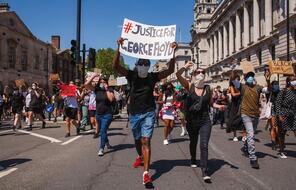
Responding to the Insurrection at the US Capitol
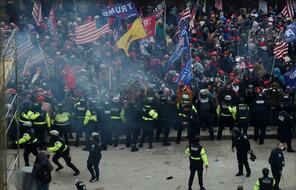
The Hope and Fragility of Democracy in the United States
What Happened During the Insurrection at the US Capitol and Why?
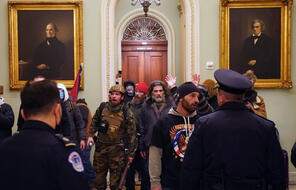
The Importance of a Free Press
